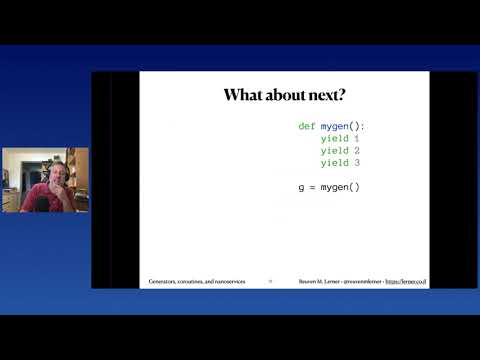Description:
Explore the advanced features of Python generators, coroutines, and nanoservices in this EuroPython 2021 conference talk. Delve into the lesser-known aspects of generators, including the "send" method and "yield from" syntax. Learn how to conceptualize coroutines as in-process nanoservices and determine their appropriate use cases. Discover generator function basics, the differences between next and send, coroutine construction techniques, and the implementation of sub-coroutines. Gain insights into practical applications of these concepts through examples such as MD5 hashing and weather data processing. Understand the relationship between coroutines and asyncio, and develop criteria for deciding when to incorporate coroutines in your Python projects.

Generators, Coroutines, and Nanoservices
Add to list
#Conference Talks
#EuroPython
#Programming
#Programming Languages
#Python
#Computer Science
#Concurrency
#Coroutines